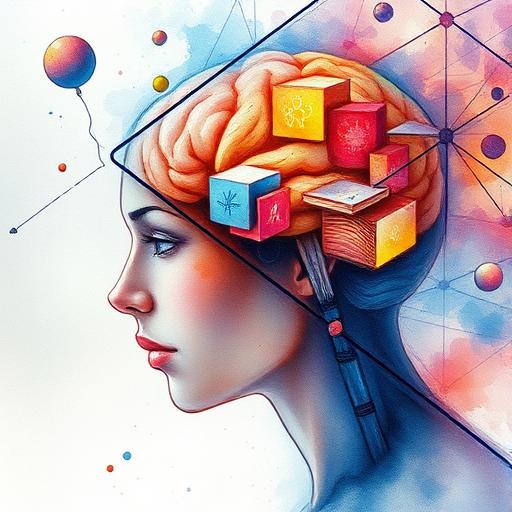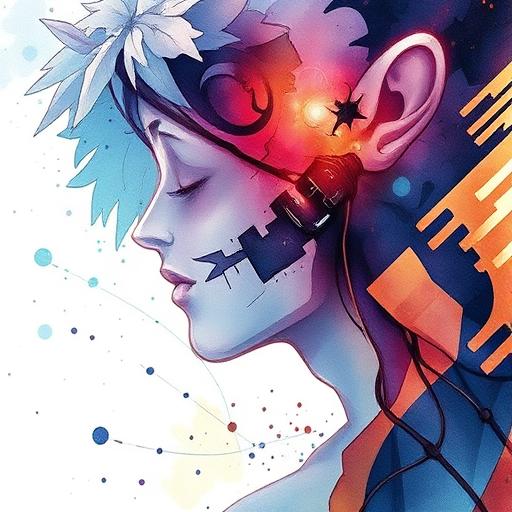Exploring the Intersection of Neuroscience and Character Development in Fiction
Delve into the fascinating world where neuroscience meets character development, and discover how understanding the human brain can elevate your writing. Learn how to craft believable, relatable characters by incorporating insights from neuroscience into your character development process.

Introduction to Neuroscience and Character Development
The human brain is a complex, intricate entity, and understanding its workings can greatly enhance your character development process. By exploring the intersection of neuroscience and character development, you can create more nuanced, realistic characters that resonate with your readers. As we discussed in our previous article on exploring the intersection of psychology and fictional character development, psychological insights can be a powerful tool in crafting believable characters.
The Brain's Role in Decision-Making
Neuroscience has shown that the brain's decision-making processes are highly influenced by emotions, habits, and past experiences. This knowledge can be applied to character development by:
- Creating characters with consistent decision-making patterns based on their emotional profiles
- Developing characters' habits and routines that reflect their brain's tendency to rely on familiarity
- Using past experiences to shape characters' motivations and behaviors
The Power of Neuroplasticity
Neuroplasticity, the brain's ability to reorganize and adapt, is a crucial aspect of character development. This concept can be used to:
- Show character growth and development over time
- Explain changes in character behavior or personality
- Create complex, dynamic characters with rich inner lives
Sensory Details and Brain Function
Our brains are wired to respond to sensory input, and incorporating sensory details into your writing can make your characters and environments more immersive. For tips on creating sensory-rich environments, check out our article on techniques for creating immersive and sensory-rich environments in fiction. By understand how our brains process sensory information, you can craft more engaging, realistic characters and worlds.
Emotions and Motivations
Emotions play a significant role in character development, and understanding how the brain processes emotions can help you create more nuanced characters. As discussed in our article on crafting relatable character motivations for deeper emotional connections, characters' motivations are often driven by their emotional needs. By tapping into the neuroscience behind emotions, you can create characters with rich, relatable emotional lives.
Case Study: Character Development in Fiction
Let's take a look at a case study of how neuroscience can inform character development:
| Character Trait | Neuroscience Concept | Application in Fiction |
|---|---|---|
| Impulsivity | Dopamine release | Create a character who acts on impulse, driven by a desire for instant gratification |
| Emotional Regulation | Prefrontal cortex development | Show a character struggling to regulate their emotions, leading to conflicts and character growth |
| Habit Formation | Neural pathways | Develop a character with a habit that is difficult to break, reflecting the brain's tendency to rely on familiar patterns |
Conclusion
The intersection of neuroscience and character development is a rich, fascinating field that can elevate your writing and help you create more believable, relatable characters. By incorporating insights from neuroscience into your character development process, you can craft characters that resonate with your readers and leave a lasting impression. Remember to explore the complexities of the human brain, and don't be afraid to get creative with the possibilities that neuroscience offers. Happy writing!
Comments
Comments are hidden to save bandwidth. Load them when you want to read or leave one.






